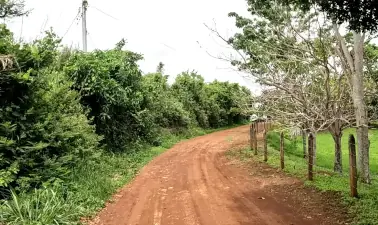
A difficult subject to clarify is the state of the roads in Costa Rica. As a Latin American country, the expectation from the outside is dirt or gravel roads with some properly paved highways.
However, the reality is not so bleak. Costa Rica has registered, as of 2021, more than 8500 kilometers of paved primary roads. This, added to the secondary roads with 31525 kilometers, places the country within the countries with more roads per square kilometer.
In a nutshell, in Costa Rica you can go anywhere. The secondary roads, for the most part, are also paved. The rest are gravel roads.
Meanwhile the private or tertiary roads are dirt roads, mostly.
In this article we are going to talk about the state of the roads in Costa Rica and how to avoid possible difficulties that you may encounter.
Highways and main routes
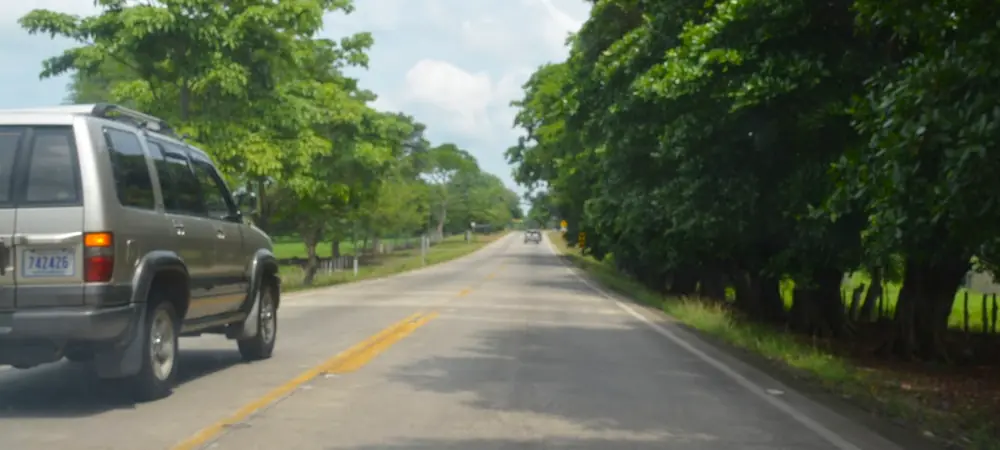
Traffic Jams
These are the roads that receive the most maintenance by the government. However, this does not exempt them from having problems.
The first problem you may encounter is heavy traffic. These roads connect important cities. For example, the Alajuela-San José route is the busiest and has a lot of traffic in the early mornings and in the evening.
Other routes such as Santo Domingo-Tibás can be problematic as the bridge over the Virilla River is only two lanes.
Outside of the Central Valley, there can also be traffic jams during rush hour. For example, the Limón-Manzanillo route is only two lanes and the only exit and entrance to beaches such as Cocles, Manzanillo, Puerto Viejo and Uvita.
Around Liberia, Guanacaste and on the Nicoya-Liberia route, there can be significant traffic jams. This is more likely on holidays such as Easter Week.
If you go by ferry to Cobano, the entrance to Puntarenas could be very busy. If you have a ticket for the ferry, it is better to arrive one hour earlier than the ferry's departure time.
Our recommendation in this regard is to avoid traveling during peak hours, between 7:00 AM to 9:00AM and 4:00PM to 6:00PM, on weekdays.
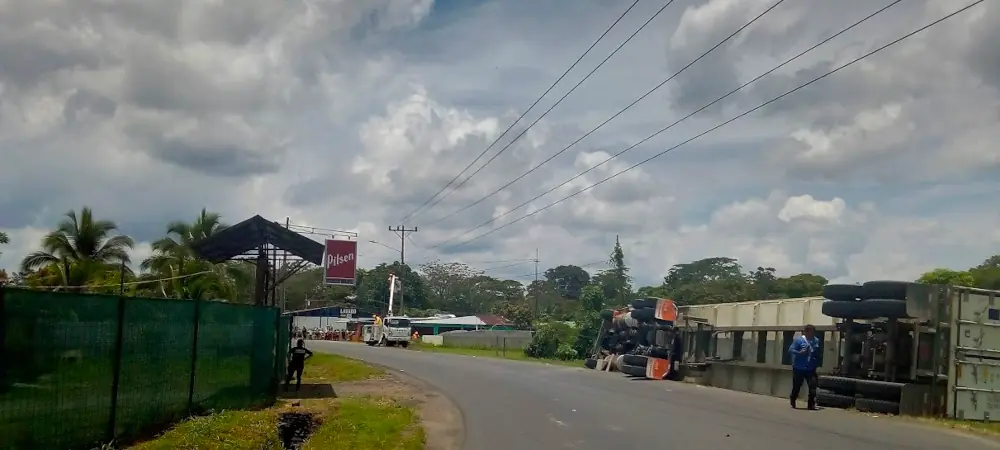
Slippery roads
During the years 2022 and 2023, LANAMME, an experienced road laboratory, conducted a study on the condition of Costa Rica's roads. It was determined that at least 35% of the primary national roads have very slippery conditions.
These conditions worsen during the rainy season or on highways that are trafficked by trucks. Due to oil spills, the roads may be a bit slippery.
Our recommendation here is not to be overconfident and not to exceed 80 kilometers per hour on freeways and 60 on two to four lane roads.
If you must drive uphill, avoid driving during heavy downpours.
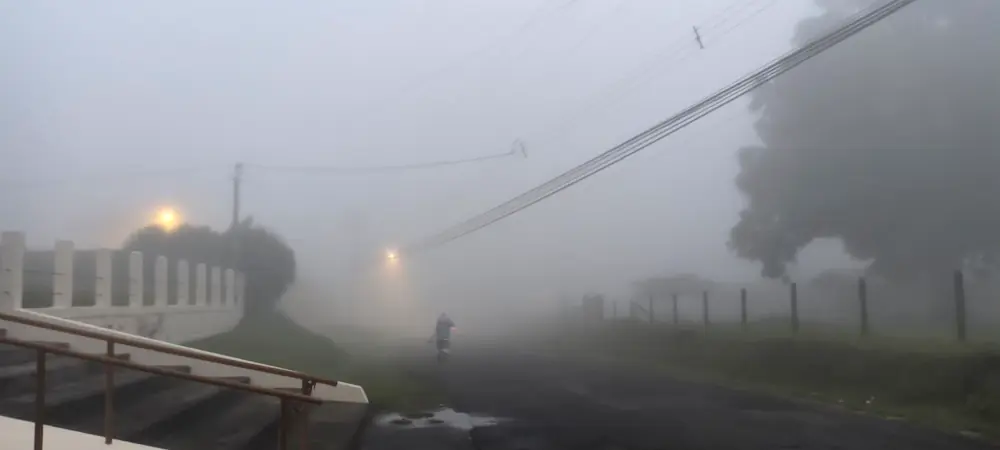
Landslides
Roads such as San José - Limón, San José - Caldera, Alajuela - Esparza present occasional landslides during the green season.
This includes rockslides and mudslides that can take drivers by surprise.
These roads are very careful and generally those who travel them under rainy conditions are under obligation.
So if you are driving and the rains catch you on any mountain road it is best to find a safe place. Park the vehicle away from the cliffs and wait for the rain to diminish.
The curves can be steep like the Paso Real - San Vito route, the San Ramon - Esparza route, and the La Garita - San Mateo route.
If you have to drive at nigh, pull in behind another vehicle, drive slowly, at a safe distance, and watch for that vehicle taillights.
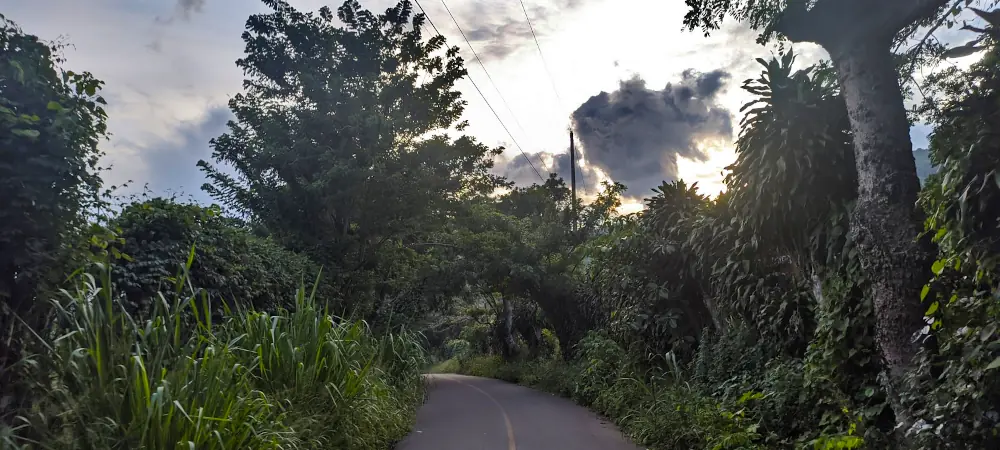
Secondary and tertiary roads in Costa Rica
These types of roads may not be in the same condition as primary roads. The law indicates that the municipalities, local governments with less budget than the central government, are in charge of the maintenance of these roads.
All the recommendations we made for main roads apply to these. But we are also going to talk about some of the almost unique characteristics of these roads.
Pot-holes
In the last few years the situation of the potholes in Costa Rica has had a significant improvement. However, due to our climate, the quality of the asphalt and the heavy traffic, the problem is still present in many roads.
When you see one of these pot holes, better pay close attention to the road and do not drive at high speed. Probably you will encounter more way ahead. Driving through a hole at high speed can cause damage to your rented vehicle.
Speed humps
Known in Costa Rica as “muertos”, these humps are common near schools, colleges and state institutions. You can find them present on roads inside housing complexes or condominiums.
Usually when you see one of these humpbacks on the street, you will find more around the area, so be careful.
Gravel
Some roads are composed of coarse gravel usually composed of crushed stone and sediment. This makes it possible to provide a lower cost road for routes that present heavy traffic.
These roads provides a grip that can outperform asphalt, especially during rains. But it causes dust clouds during the summer. It is best to avoid driving behind another vehicle on such a road, give it its space.
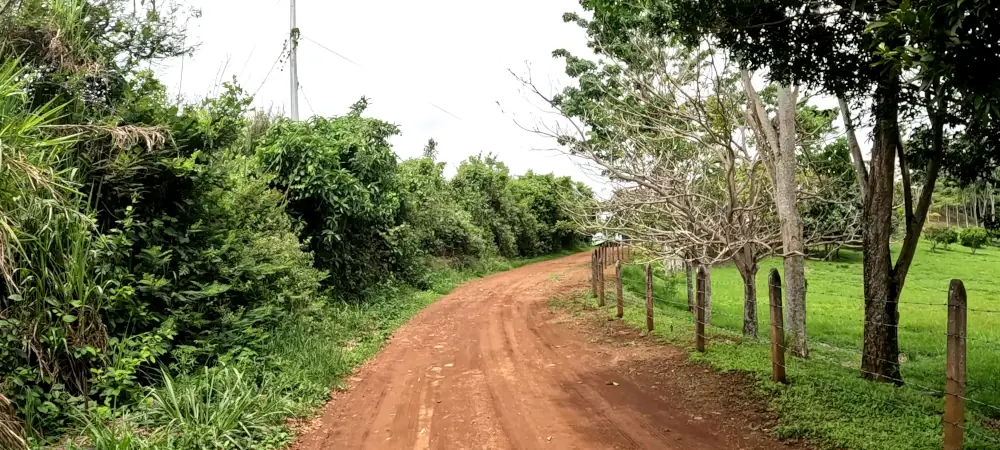
Dirt and mud roads
Be especially careful with these roads. If you are on a dirt road it is likely to lead to a dirt road. Even though we are in the dry season, it is probably still raining. So these roads may not be in passable condition.
A 4x4 vehicle like the Suzuki Jimny, Isuzu D-Max, Nissan Frontier or JAC T8 can handle these types of roads. But the golden rule is to avoid these routes if possible, due to their unpredictability.
The best advice is to not trust blindly Waze or other apps information when you are on one of these roads. If you see a local, ask them if they know the state of route ahead. Depending on the answer you can decide to turn back or move on.
More tips to travel safe in Costa Rica roads
The first and most important thing to remember is that in Central America, sunrise is around 5:30 A.M. and sunset is between 5:20 P.M. and 6:20 P.M. In the green season, from May to November, it gets dark earlier. Knowing this will help you organize your itinerary and decide the best times to drive.
Another thing to remember is that, in Costa Rica, we drive on the right side of the road.
Costa Ricans are friendly, but also cautious. If you have doubts about the route to take to get to a place or the state of the road, don't hesitate to ask a local. But approach slowly and remember to greet and identify yourself by name. A preliminary greeting with your hand helps to break the ice.
The instructions Costa Ricans give when explaining an address deserve their own article. To give you an example, although street names exist, they are never used. They are always going to tell you to go that many meters ahead and turn when you see a sign.
Stay tuned for more articles with tips. In the meantime take a look at our 4x4 vehicles and campervans, excellent for exploring this earthly paradise called Costa Rica. You can check the availability of our vehicles here!
Disclaimer and sources
This article was made by a human being, based on his own experience and reliable third party sources.
Sources: https://www.ucr.ac.cr/noticias/2022/07/04/cual-es-el-estado-de-las-carreteras-nacionales-y-por-que.html
https://www.lanamme.ucr.ac.cr/repositorio/bitstream/handle/50625112500/2290/Memoria%20Simposio%20Lastre_2022_vf.pdf?sequence=1
https://ticotimes.net/2024/05/08/report-reveals-road-conditions-across-costa-rica

